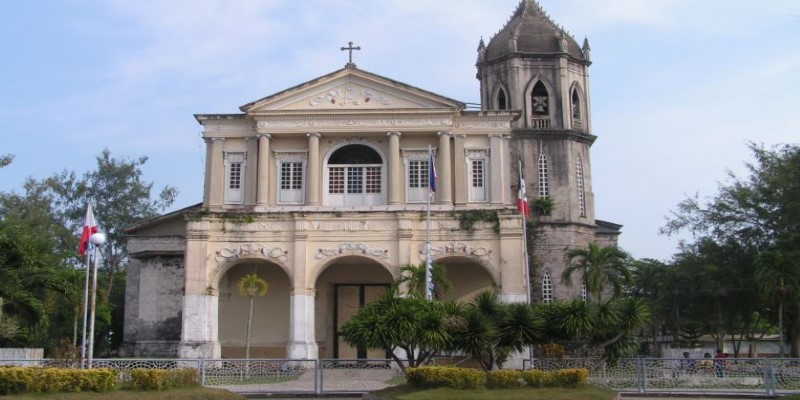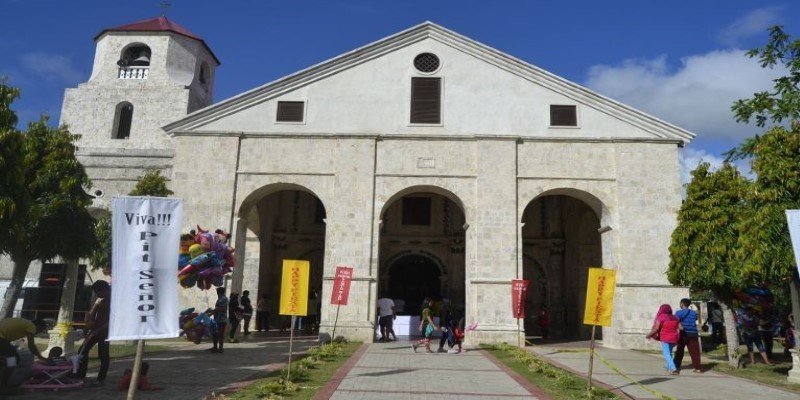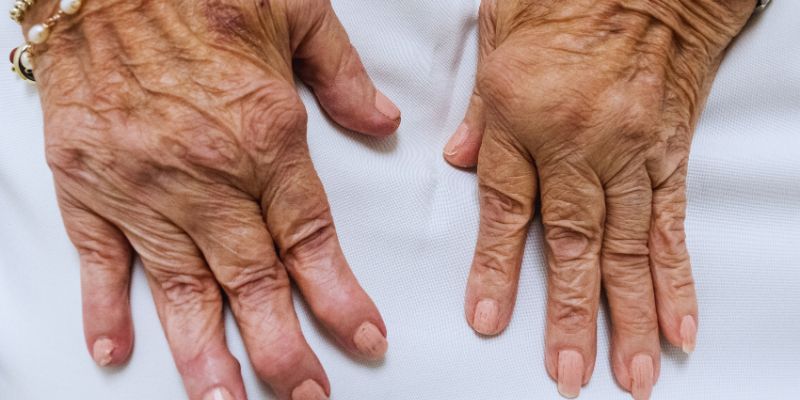Before the Earth Shook: The Historic Churches of Baclayon, Dauis, and Loboc
Advertisement
Bohol, a stunning island province in the Philippines, is celebrated for its breathtaking landscapes and rich cultural heritage. Among its most treasured landmarks are the historic churches of Baclayon, Dauis, and Loboc. These centuries-old structures stood as symbols of faith and history, showcasing remarkable colonial-era architecture. Before the devastating 2013 earthquake, they were beloved by locals and visitors alike, offering a glimpse into Bohol’s past.
Each church told a different story, reflecting the island's rich religious heritage and cultural craftsmanship. Understanding their history is to understand their value and the continued attempts to keep their legacy alive for centuries to come.
Baclayon Church: A Testament to Faith and Resilience
Baclayon Church, or Our Lady of the Immaculate Conception Church, is among the country's oldest stone churches, established in 1596. Constructed from coral stones by Indigenous workers and Spanish priests, the church reflects colonial-era art and devotion.
Prior to the 2013 earthquake, Baclayon Church was esteemed for its pristine Baroque design, which sported an intricate coral stone facade and an inside full of history. Its wood ceiling, where colorful religious frescoes adorned its surface, and the beautifully ornamented altars attest to its historic and artistic worth.
One of the church's most distinctive characteristics was its magnificent bell tower, which was formerly a landmark for mariners and a beacon for the people in the area. The church also contained a museum that exhibited religious relics, manuscripts, and centennial relics, providing a sense of greater association with Bohol's history.
While the earthquake severely damaged it, restorations on Baclayon Church continue. Though part of its original grandeur was lost, the place remains an important cultural and religious icon. Today, visitors visit the place because its beauty still catches their eyes and reminds them of Bohol's strong faith and ability to preserve its heritage.
Dauis Church: A Sanctuary by the Sea
Dauis Church, officially known as the Our Lady of the Assumption Parish Church, is one of Bohol’s most remarkable religious landmarks. Situated on Panglao Island, this historic church stands out for its stunning location near the sea. Before the earthquake, it provided breathtaking views of the coastline, creating a serene atmosphere that made it a perfect place for prayer and reflection.

Built-in 1863, Dauis Church showcases a unique blend of Romanesque and Baroque architectural styles. Constructed primarily from coral stone, its exterior exuded a timeless charm, while its striking bell tower offered panoramic views of the surrounding landscape. Inside, the wooden ceilings featured intricate murals, complementing the church's solemn and spiritual ambiance.
The church’s altar, dedicated to Our Lady of the Assumption, was a focal point of devotion. Surrounded by religious sculptures, paintings, and relics, it embodied the island’s deep Catholic faith. For centuries, pilgrims visited Dauis Church to seek solace and blessings.
Before the earthquake, the church was a cherished destination for locals and tourists alike. Its tranquil gardens and century-old trees enhanced its picturesque setting. Many came not only to admire its architecture but also to experience the peace and spiritual refuge that Dauis Church had long provided.
Loboc Church: A Piece of History on the Riverbanks
Loboc Church, officially known as St. Peter the Apostle Church, is one of Bohol’s most historically significant religious landmarks. Nestled along the scenic Loboc River, this 1602-built church has been a striking example of Spanish colonial architecture and a vital spiritual hub for centuries. Its serene location and rich history have made it a beloved site for both locals and visitors.
Constructed using coral stones, the church boasted a stunning Baroque façade, a hallmark of Spanish-era craftsmanship. Inside, its grand ceiling was adorned with intricate frescoes depicting religious scenes, creating an awe-inspiring atmosphere. The main altar, with its detailed carvings and religious statues, served as a testament to the island’s deep Catholic faith.
Beyond its architecture, Loboc Church was uniquely tied to its riverside setting. Visitors often approached the church via boat rides along the Loboc River, where the lush surroundings added to its tranquil charm. The peaceful environment made it an ideal place for prayer and reflection, drawing pilgrims and tourists alike.
Before the earthquake, Loboc Church was a thriving center of religious and community life. Locals gathered here for Mass, celebrations, and solemn occasions. Though severely damaged in the 2013 earthquake, ongoing restoration efforts continue to preserve its cultural and historical significance, ensuring that future generations can appreciate its enduring legacy.
A Cultural Heritage Worth Remembering
Before the earthquake, the churches of Baclayon, Dauis, and Loboc were more than just religious structures; they were living symbols of Bohol's history, culture, and faith. Each church had its unique charm, and together, they represented the rich heritage of this beautiful island province. Visitors to Bohol could not help but be captivated by the stunning architecture, intricate artwork, and peaceful atmosphere that surrounded these churches.

The 2013 earthquake may have damaged these historic churches, but it has also brought attention to the need for their preservation. Efforts to restore and protect these churches are ongoing, and the hope is that they will continue to stand as lasting monuments to Bohol's history and culture for generations to come.
While the churches of Baclayon, Dauis, and Loboc may never fully return to their original form, their cultural and historical importance remains undiminished. They continue to serve as reminders of Bohol’s past and its unwavering faith, offering visitors a glimpse into the island’s colonial history and the beauty that still exists despite the challenges that have come with time.
Conclusion
Baclayon, Dauis, and Loboc Churches stood as enduring symbols of Bohol’s rich history and deep-rooted faith before the 2013 earthquake altered them forever. Their architectural beauty and cultural significance made them cherished landmarks, drawing visitors and worshippers alike. Though the earthquake caused immense damage, restoration efforts continue to preserve their legacy. These churches remain a testament to Bohol’s resilience, reminding future generations of the island’s colonial past, artistic heritage, and unwavering devotion.
Advertisement












